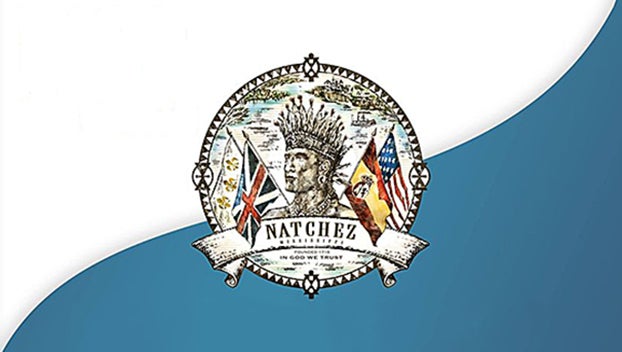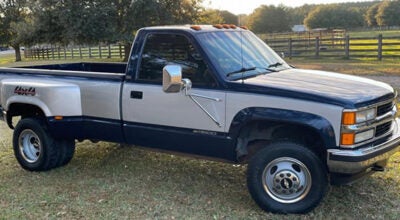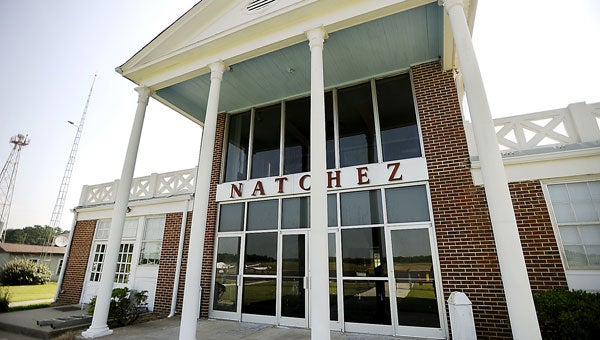Corn farmers without irrigation have rough year
Published 12:01 am Monday, August 22, 2011
VIDALIA — After a crazy summer with record-breaking water levels on the Mississippi River and a three-month long drought, area corn farmers without irrigated fields found themselves having a year to forget.
LSU AgCenter Tensas Parish Agent Dennis Burns said dry land, and un-irrigated corn, was an overall disappointment for farmers in 2011.
“Yields ranged anywhere from 40 and 50 bushels an acre to 80 and 90,” he said. “Anything under 100 bushels an acre, that is where farmers start to lose money.”
Burns said the 2011 corn crop saw a huge hit from 2010 thanks to the dry conditions from this year and last.
“Last year the crop was down because it was too dry early,” he said. “We got some good winter rains, but it wasn’t enough. The soil (for the 2011 crop) did not have enough moisture, and things quickly got worse than last year.”
While non-irrigated crops suffered, Burns said farmers who were able to keep their crops watered saw up to 100 bushels per acre more per yield.
“They were averaging around 165 to 175 bushels (per acre),” he said. “Some of them were even over 200. That is a huge difference from the dry land corn.”
Burns said farmers with irrigated fields were expecting higher yields, but the high heat caused problems with the corn during pollination.
“It still yielded well, but it wasn’t what it could have been,” he said.
Burns said farmers who irrigated knew they were going to have higher costs, but that it was a small price to pay for a stronger crop.
“They really didn’t have any choice,” he said. “It’s a huge additional expense, but in many cases, it more than made up for the difference.”
With corn prices relatively high, hovering around $7 a bushel, Burns said farmers who irrigated will find themselves in relatively good shape.
“Any additional costs they receive will help,” he said.
Burns said corn farmers are now back to square one, and that hopefully the Miss-Lou will start to see rain a little earlier in the season next year.





